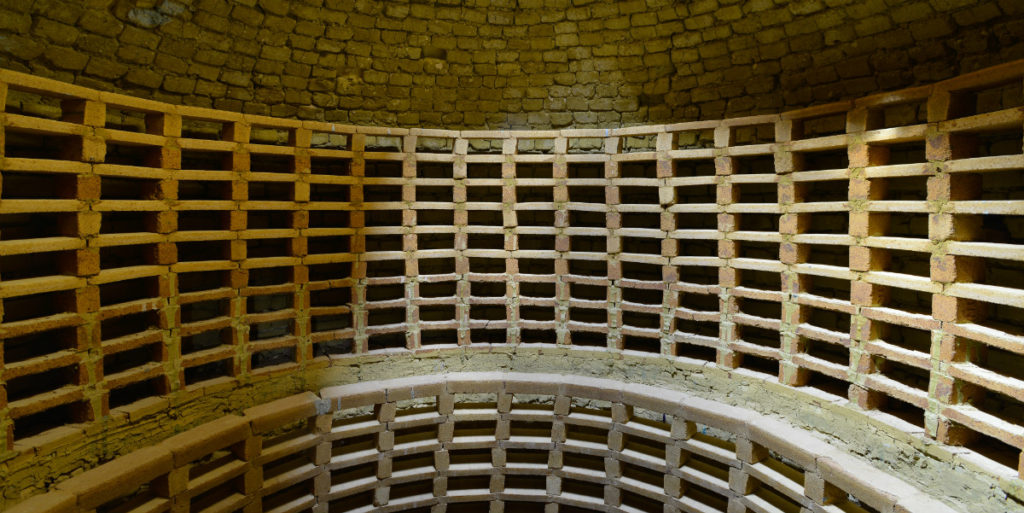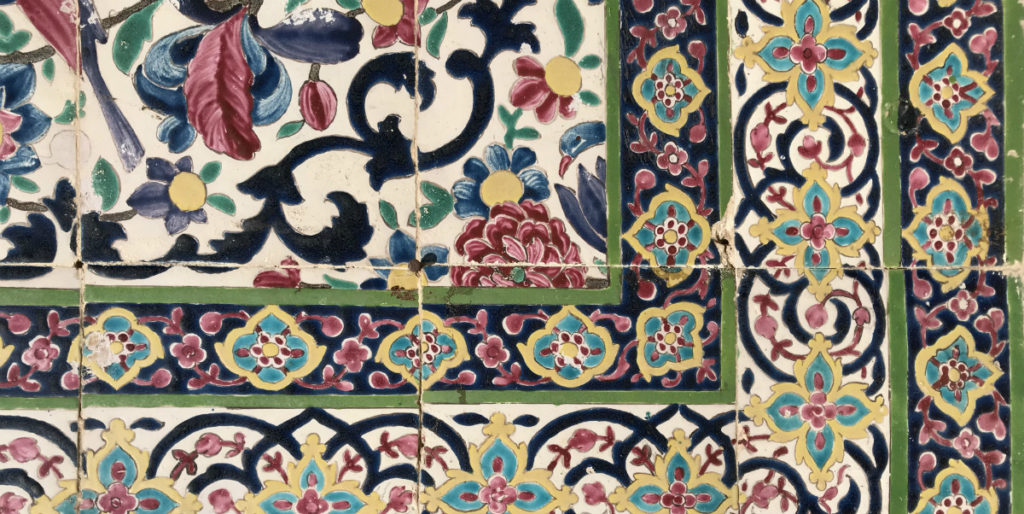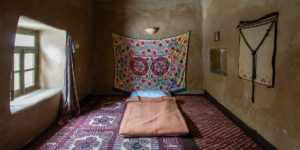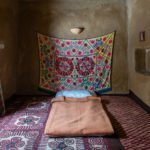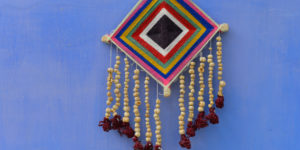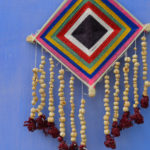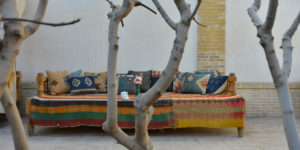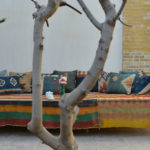Iranian tile work is the subtle music that plays in the background of the country’s stunning architecture; sometimes quiet and soothing and at other times loud and imposing. For many who visit Iran, the tile work can be one of the most overwhelming experiences. The works are poised at the entrances to markets, stamped along the outline of houses, or draped over the exterior and interior of domes.
How can one assemble that many pieces and colors at such heights and in such intricate shapes? This question becomes even more baffling when you consider that many buildings date back centuries and were built entirely by hand.
Few complete treatises exist on the art of Iranian tile work, as details on the technique and trade were safely guarded and orally handed down from father to son and master to student. Nowadays, there are modern forms of tile production, using models and machines, though individual requests and designs still require the hands of a master tile worker. The two main manual techniques involve either putting different colored pieces of tiles together to form a mosaic pattern or using canvas-like blank tile that is painted by a master.
Step 1: The design is drawn by hand or printed on paper.
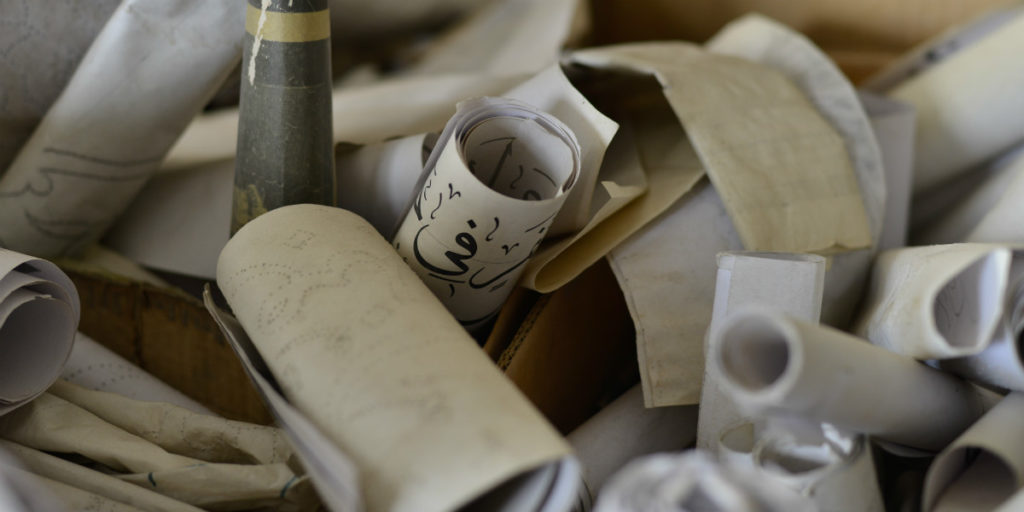
Step 2: With a needle, the design is punched.
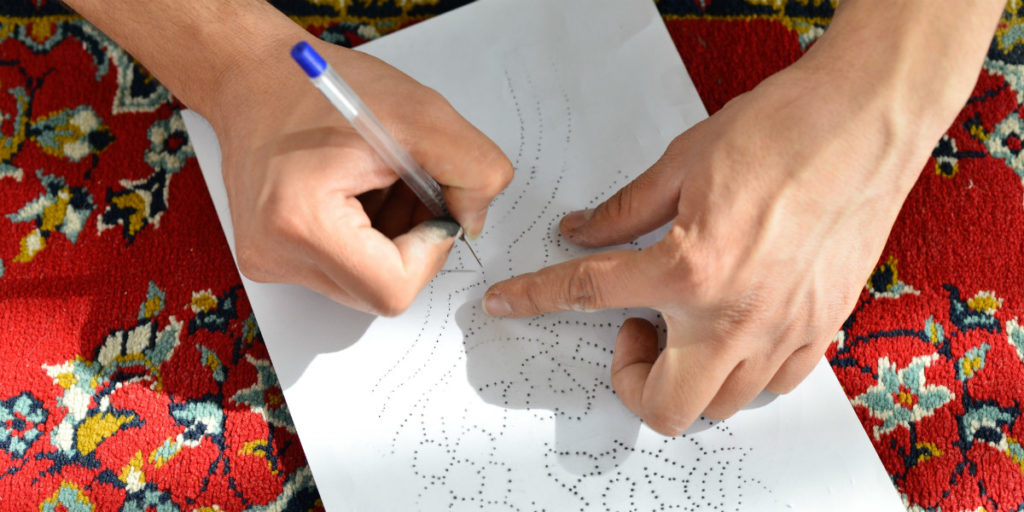
Step 3: By wiping the stencil with a bag of coal, the design is transferred onto the blank tile.
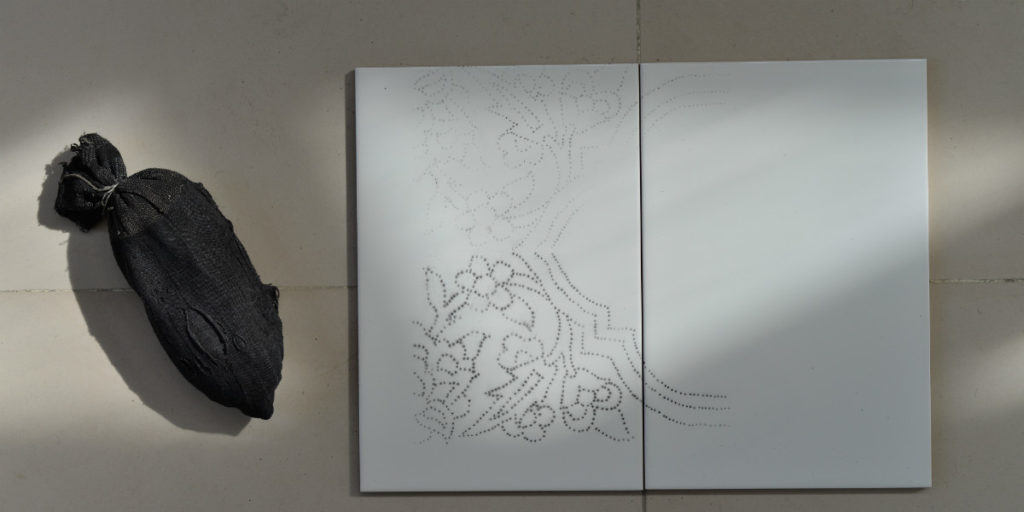
Step 4: The master tile worker connects these dots to the lines of the final design with a brush and black color. This is the hardest part of the entire process.
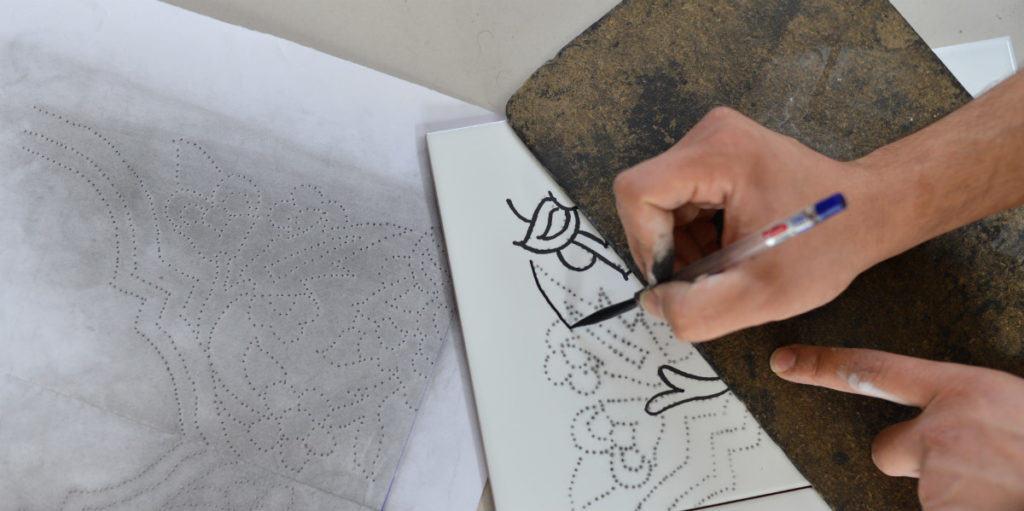
Step 5: The empty spaces are filled with paint; the colors are created by mixing glaze and metal-oxides.
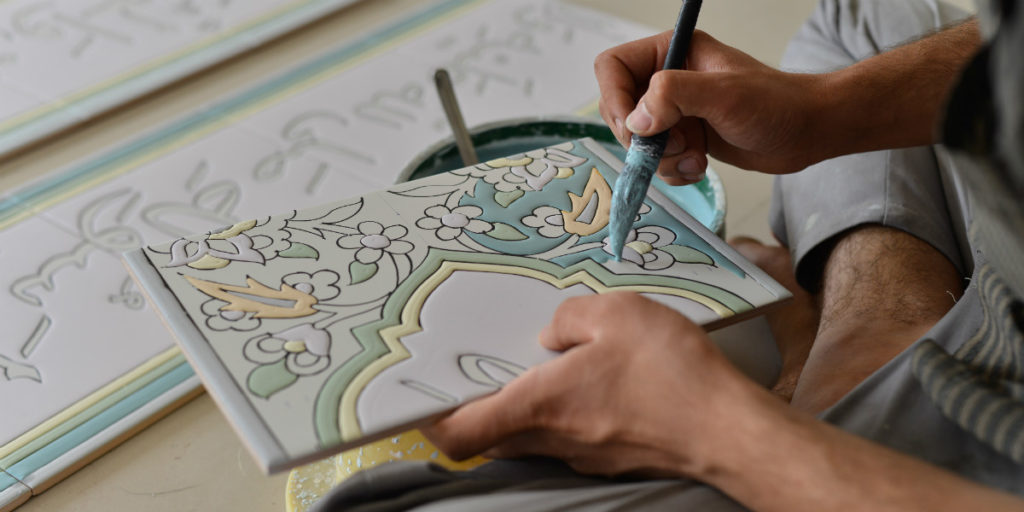
Step 6: The tiles are heated in the kiln for multiple hours. The longer they are heated, the better the quality.
